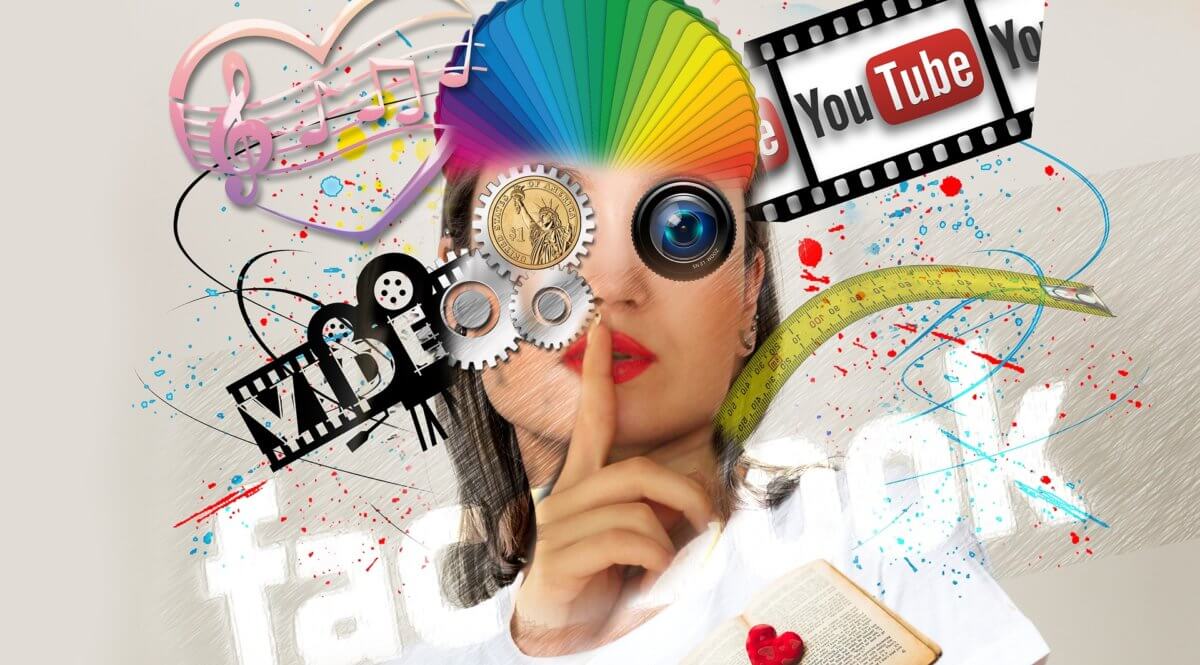Memes, or a ‘memetic mutation’, originally referred to a recurring subject or theme, especially used within the advertising business. Hence, the phrase ‘Just do it’ was originally used by Nike to reinforce a brand identity, before becoming a meme itself through Shia LaBeouf motivational speech. However, since the Internet allows content to be easily distributed across the world, ‘memes’ have more or less evolved into modern day catchphrases and inside jokes of the Internet community. These inside jokes often appear randomly on social media platforms, such as the appearance of Turkish salt sprinkling chef Nusret Gökçe, which in turn prompts parody and fanart of ‘saltbae’, furthering the spread and penetration of the subject itself.
Similar to the business product life cycle, memes experience periods of widespread growth (and usage) as well as eventual decline and are prone to being quickly outdated. ‘Rage Comics’ (and the trollface) were first used back in 2008 and can be argued to have fallen into disuse in comparison to the recurring memes more commonly used. Last year, we were introduced to two memes: ‘Damn Daniel’ and ‘Chewbacca mom’ after videos of each meme went viral, to the extent both parties appeared on national TV and received gifts that included a lifetime supply of Vans shoes and college sponsorships. Within five years, I doubt many would remember or re-use ‘Damn Daniel’, much less the Star Wars parody. A cynical observer might think of these as a marketing ploy by corporate brand managers to temporarily increase attention to their product.
At the same time, it’s possible for a meme to arrive from content released a while back. During August 2017, many places began conducting joke Facebook events with anime characters such as a ‘Naruto Run’ or a ‘Goku scream’, despite these characters having been around for at least 10 years. If the meme is based on a popular childhood show (such as The Simpsons), it arguably has a greater hold and usage.
Memes can also be used for political purpose, or to parody someone’s bad character. Such was the bizarre word phrase ‘Pokemon-Go to the polls’ by presidential candidate Hillary Clinton last year, which in turn was decried by many to appear hip. Similarly, Donald Trump memes skyrocketed last year portraying how he may react towards certain scenarios.
However, the use of inappropriate memes can lead to serious consequences. This year, Harvard used their right to rescind offers from various students who displayed questionable behaviour after they shared inappropriate memes regarding race, child abuse, and sexual assault. Arguably, Harvard wanted to preserve its image and integrity, where these individuals did not fit their mould for ideal students.
Memes are often a parody of a situation, in an attempt to defuse a serious one. Technologically speaking, memes are easy to make, where they can be created through an online maker, or simply editing with Microsoft PowerPoint. To make an ANU-related meme, it’s easier to look at the current memes and ask yourself: How can I make this related to ANU? By focusing on keywords such as ‘Coombs’, ‘Echo360’, or any recent events, it’s possible to make a custom meme. On the other hand, organising real-life events take a bit more effort.
Will memes persist as we eventually grow old? That’s the real question. However, I’m looking forward to what we’ll get and see the unexpected things life gives us.
We acknowledge the Ngunnawal and Ngambri people, who are the Traditional Custodians of the land on which Woroni, Woroni Radio and Woroni TV are created, edited, published, printed and distributed. We pay our respects to Elders past and present. We acknowledge that the name Woroni was taken from the Wadi Wadi Nation without permission, and we are striving to do better for future reconciliation.
